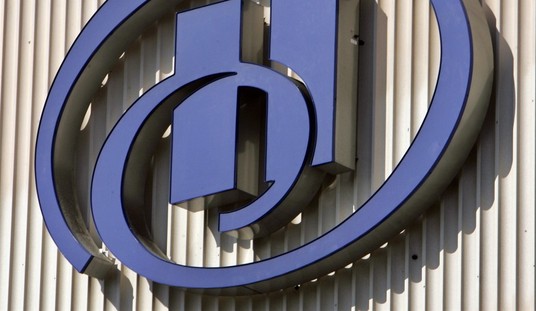Does this qualify as a banal statement of the obvious, or more of a clueless ducking of a situation long in the making? Perhaps it’s both, and Barack Obama isn’t the only one to blame for being left in this position. CBS News’ Charlie Rose chatted up the president about both the escalation in Syria and the standoff with North Korea as it tests longer-range ballistic missiles capable of carrying nuclear payloads. On the latter question, Obama reminds Rose and everyone else that we could “destroy North Korea” if we chose to do so, but we won’t. The problem with that reassurance is that Obama makes it sound as if there is little choice between destroying North Korea and waiting for them to attempt to destroy South Korea, Japan, or possibly even us.
Actually, there is something Obama can do, and it’s at least a step in the right direction:
“Our first priority is to protect the American people and our allies, the Republic of Korea, Japan, that are vulnerable to the provocative actions that North Korea is engaging in,” Mr. Obama said.
He said North Korea is “erratic enough” and the country’s leader, Kim Jong Un, is “irresponsible enough that we don’t want them getting close.”
“But it’s not something that lends itself to an easy solution,” Mr. Obama said. “We could, obviously, destroy North Korea with our arsenals. But aside from the humanitarian costs of that, they are right next door to our vital ally, Republic of Korea.”
To be fair, the problem of North Korea began long before Obama came to the White House, or even to Capitol Hill. The US knew of Pyongyang’s pursuit of nuclear weapons in the early 1990s, and Bill Clinton at first acted firmly to isolate Kim Jong-il and his regime, provoking what looked to be a showdown. Jimmy Carter then injected himself into the situation, apparently pre-empting Clinton’s tough stance, and what emerged was the Agreed Framework — an unenforceable non-treaty that foreshadowed the agreement with Iran last year, both of which supposedly prevented a rogue state from acquiring nuclear-weapons capability. Within a decade, North Korea achieved that capability, and the options for dealing with Pyongyang have been limited ever since.
One option Obama does have is deploying missile defense systems — a step from which he backed away in eastern Europe in his first year in office. This time, Obama seems a little more determined to keep them in position:
“One of the things that we have been doing is spending a lot more time positioning our missile defense systems, so that even as we try to resolve the underlying problem of nuclear development inside of North Korea, we’re also setting up a shield that can at least block the relatively low-level threats that they’re posing right now,” Mr. Obama said.
That appears to be a reversal of his position in 2009, when he reneged on agreements with Poland and Czechia (the new preferred name for the Czech Republic) to deploy forward missile-defense systems to deal with Iran. It’s not clear what the difference is, other than the proven nuclear-weapons capability. Iran continues to test its medium- and long-range missile systems, perhaps more often than North Korea does. That testing continues even after the agreement on nuclear weapons with Tehran, which insists that missile platforms were not part of the deal.
It’s worth noting that Obama had the opportunity to demonstrate missile-shield capabilities in this region before. The US Navy has the capability to operate its ABM system in the region and at one time had deployed it there, but Obama didn’t order its use when Pyongyang fired off a long-range missile a few years ago. Perhaps a demonstration of that strength might be in order soon.








Join the conversation as a VIP Member